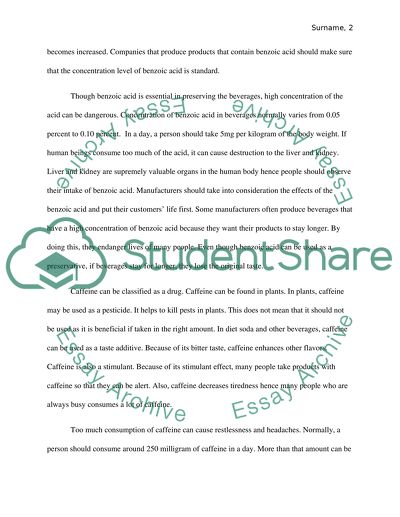Cite this document
(“HPLC analysis of caffeine and benzoic acid in diet coke Lab Report”, n.d.)
Retrieved from https://studentshare.org/chemistry/1449652-hplc-analysis-of-caffeine-and-benzoic-acid-in-diet-coke
Retrieved from https://studentshare.org/chemistry/1449652-hplc-analysis-of-caffeine-and-benzoic-acid-in-diet-coke
(HPLC Analysis of Caffeine and Benzoic Acid in Diet Coke Lab Report)
https://studentshare.org/chemistry/1449652-hplc-analysis-of-caffeine-and-benzoic-acid-in-diet-coke.
https://studentshare.org/chemistry/1449652-hplc-analysis-of-caffeine-and-benzoic-acid-in-diet-coke.
“HPLC Analysis of Caffeine and Benzoic Acid in Diet Coke Lab Report”, n.d. https://studentshare.org/chemistry/1449652-hplc-analysis-of-caffeine-and-benzoic-acid-in-diet-coke.


